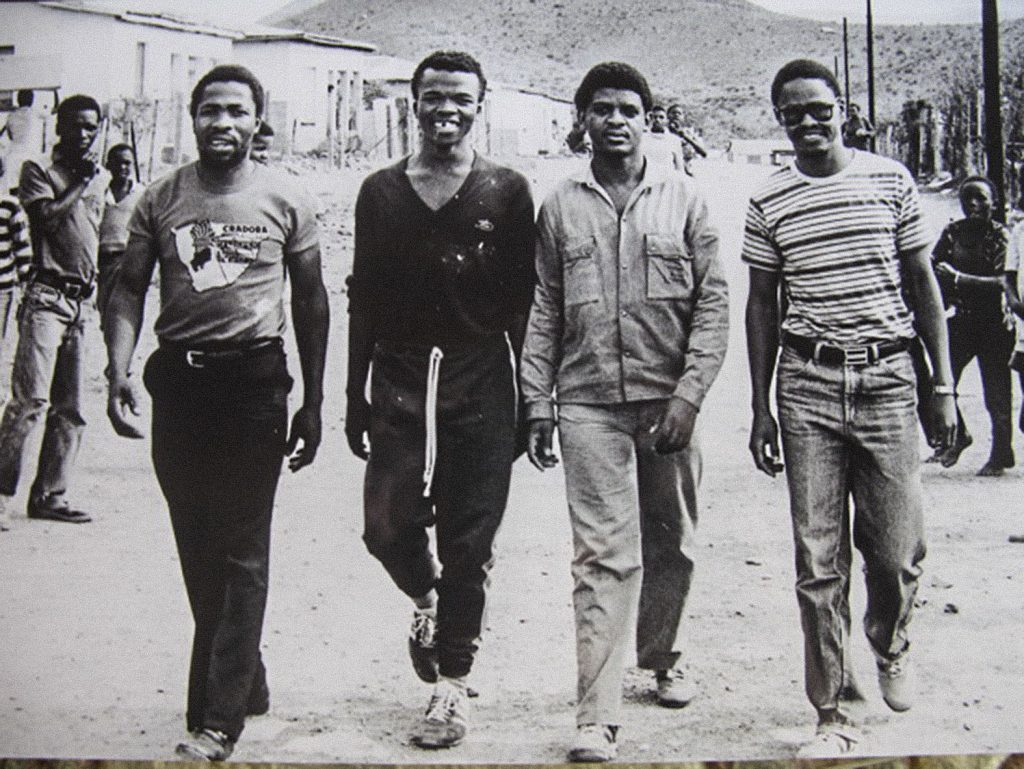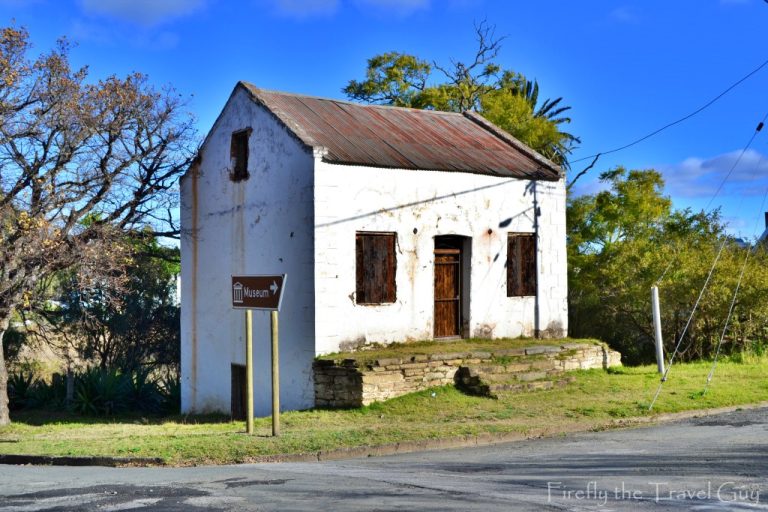
Standing on a hill as you come into the Karoo Heartland town of Cradock from the south are four tall concrete pillars. The four pillars are the main focus point of the Cradock Four Garden of Remembrance in Lingelihle township.
The memorial was unveiled in 2007 and upgraded in 2019 and includes a visitor center, amphitheater, and research and exhibition areas.

The Cradock Four were a group of four anti-apartheid activists who were abducted and murdered by South African security police in June 1985. All four men were from Cradock. On 27 June 1985, Matthew Goniwe, Fort Calata, Sparrow Mkhonto and Sicelo Mhlauli, were detained by the security police outside Port Elizabeth on their return from a UDF (United Democratic Front) meeting. Goniwe and Calata were rumoured to be on a secret police hit list for their active participation in the struggle against apartheid in the Cradock area. The South African security police murdered them and burned their bodies. The South African apartheid government denied that they had ordered the killings, but a document leaked to the press years later resulted in the removal of several police officers. At the second inquest, a judge ruled that the “security forces” were responsible, but named no one individual.

The first feature you pass once you’ve entered the garden is the Wall of Remembrance containing the names of a number of people killed during the Apartheid era.

There’s also a wall with the silhouettes of Goniwe, Calata, Mkhonto and Mhlauli with a quote by Nelson Mandela that reads:
“The death of these gallant freedom fighters marked a turning point in the history of our struggle. No longer should the regime govern in the old way. They were the true heroes of the struggle”

The main feature of the Cradock Four Garden of Remembrance are the four tall concrete pillars, each containing the name of one of the men. Sadly some of the letters were missing and hopefully it will be fixed again soon by the municipality who are the caretakers of the site.

I visited in winter when the aloes were in full bloom. It made for a breathtaking sight. Sadly I was the only person there and according to the visitor book, the first in a couple of days. I really think better signage could be put up and the town can promote this heritage site a lot more. It would lead to more visitors and, subsequently better facilities at the memorial.


